Building swimmer strength through dryland training is a crucial component of enhancing overall swimming performance. By focusing on exercises that target key muscle groups and improve endurance, swimmers can develop the strength and power needed to excel in the pool.
Utilizing tools like the NordBench can provide a strong foundation for strength training, balancing the need for both power and injury prevention.
In this guide, we'll explore how incorporating dryland workouts into your training regimen can lead to significant improvements in your swimming technique, speed, and success. Dive in to discover how you can transform your swim sessions with effective dryland exercises!

Building a Strong Foundation
Importance of Dryland Training
Dryland training plays a vital role in building a strong foundation for swimmers. By incorporating exercises like weight training and core workouts, dryland training helps to develop strength and power that translate directly to improved swimming performance.
Strengthening key muscle groups such as the shoulders, chest, and core not only enhances swimming technique but also reduces the risk of injury.
In addition, dryland exercises like pull-ups and squats improve overall body balance and stability. This is crucial for maintaining proper form and technique during swim sessions.
Moreover, dryland training provides variety and challenges that keep workouts engaging and effective. Coaches and swimmers alike can benefit from a well-rounded training regimen that includes both in-pool and dryland components.
By focusing on these exercises, swimmers can achieve greater success and speed in their competitive performances.

Benefits of Strength Training for Swimmers
Strength training offers numerous benefits for swimmers, making it an essential part of any training regimen.
Firstly, it enhances muscle power and endurance, which are critical for sustaining longer swim sessions and improving swim speed. Exercises such as hip thrusts and split squats target the glutes, quads, and hamstrings, vital muscles for a powerful kick.
Additionally, strength training helps with injury prevention by reinforcing weaker areas prone to strain, like the shoulders and lower back. This is particularly important for swimmers who frequently engage in repetitive movements.
Stronger muscles also lead to better body alignment and stroke efficiency, reducing drag in the water.
Furthermore, strength training contributes to improved core stability, providing a solid foundation for all swimming movements. Incorporating tools like the Nord Bench allows swimmers to perform a variety of strength exercises, fostering balanced muscle development and contributing to overall athletic performance and success.

Key Exercises for Swimmer Strength
To build swimmer strength effectively, focusing on key exercises is essential. Nordic curls are a standout choice, strengthening the hamstrings, reducing injury risk, and boosting sprint speed. The Nord Bench's adjustable features ensure this exercise is accessible to all fitness levels.
Back extensions are another critical exercise, targeting the posterior chain and enhancing core stability. By performing these at varying angles, swimmers can address different muscle groups, such as the lumbar spine and glutes, enhancing overall back strength.
Hip thrusts are invaluable for developing glute and lower back strength, crucial for powerful kicks and turns. Split squats, performed with one foot elevated, improve balance and unilateral leg strength, targeting the quadriceps and hamstrings effectively.
Lastly, slant board squats enhance quad activation and ankle mobility. Incorporating these exercises into your dryland training routine can lead to significant improvements in swimming performance, technique, and injury prevention.
Incorporating Equipment
Using the NordBench Effectively
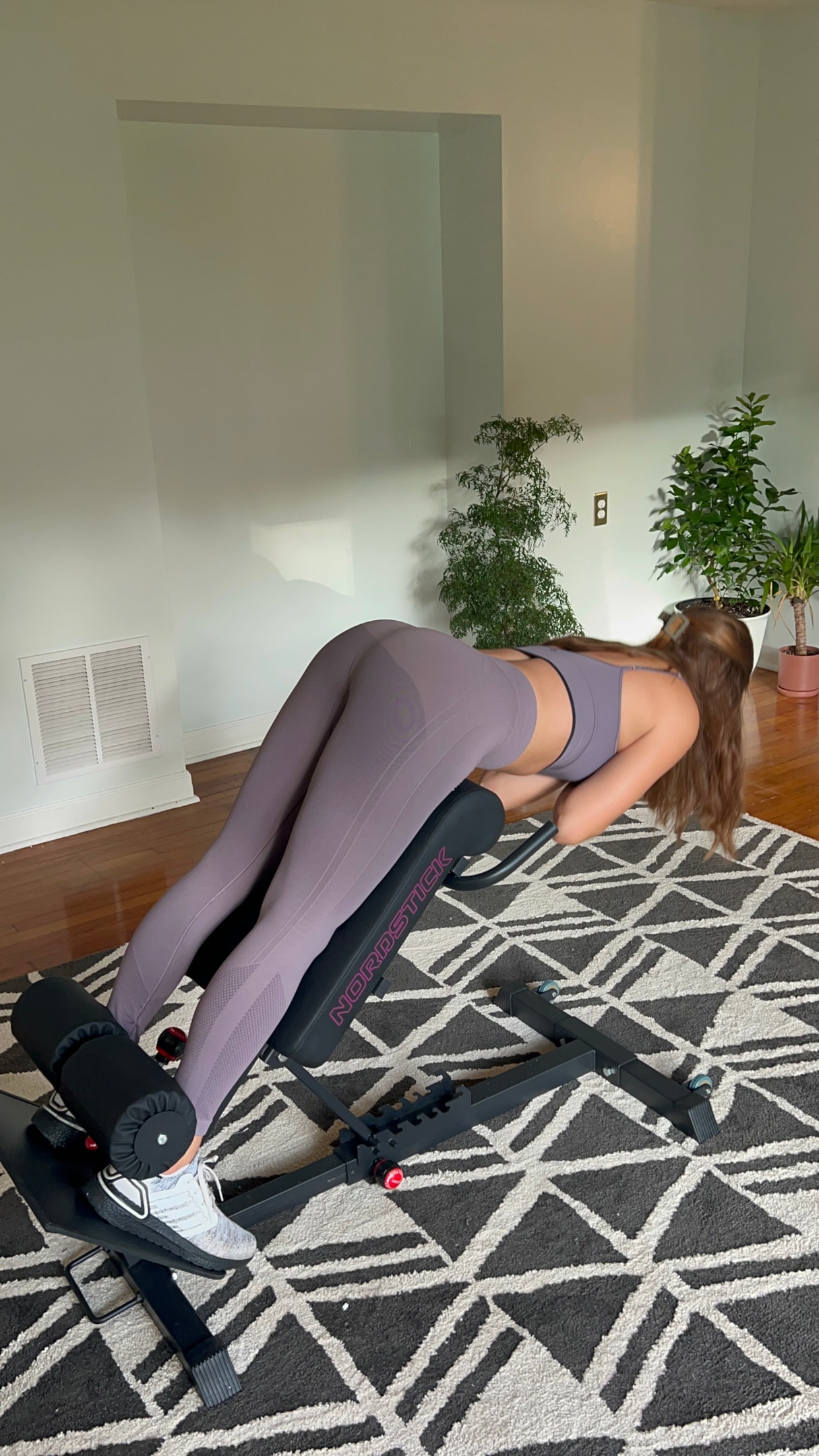
The NordBench is an invaluable tool for dryland training, offering versatility and space-saving benefits. To use it effectively, start with Nordic curls to strengthen your hamstrings. Adjust the bench to match your fitness level, ensuring a gradual increase in difficulty as you progress.
Next, incorporate back extensions at different angles to target various muscle groups. This will enhance your core stability and back strength, which is crucial for maintaining proper swimming technique. For hip thrusts, position your shoulders on the bench and lift your hips to engage your glutes and lower back.
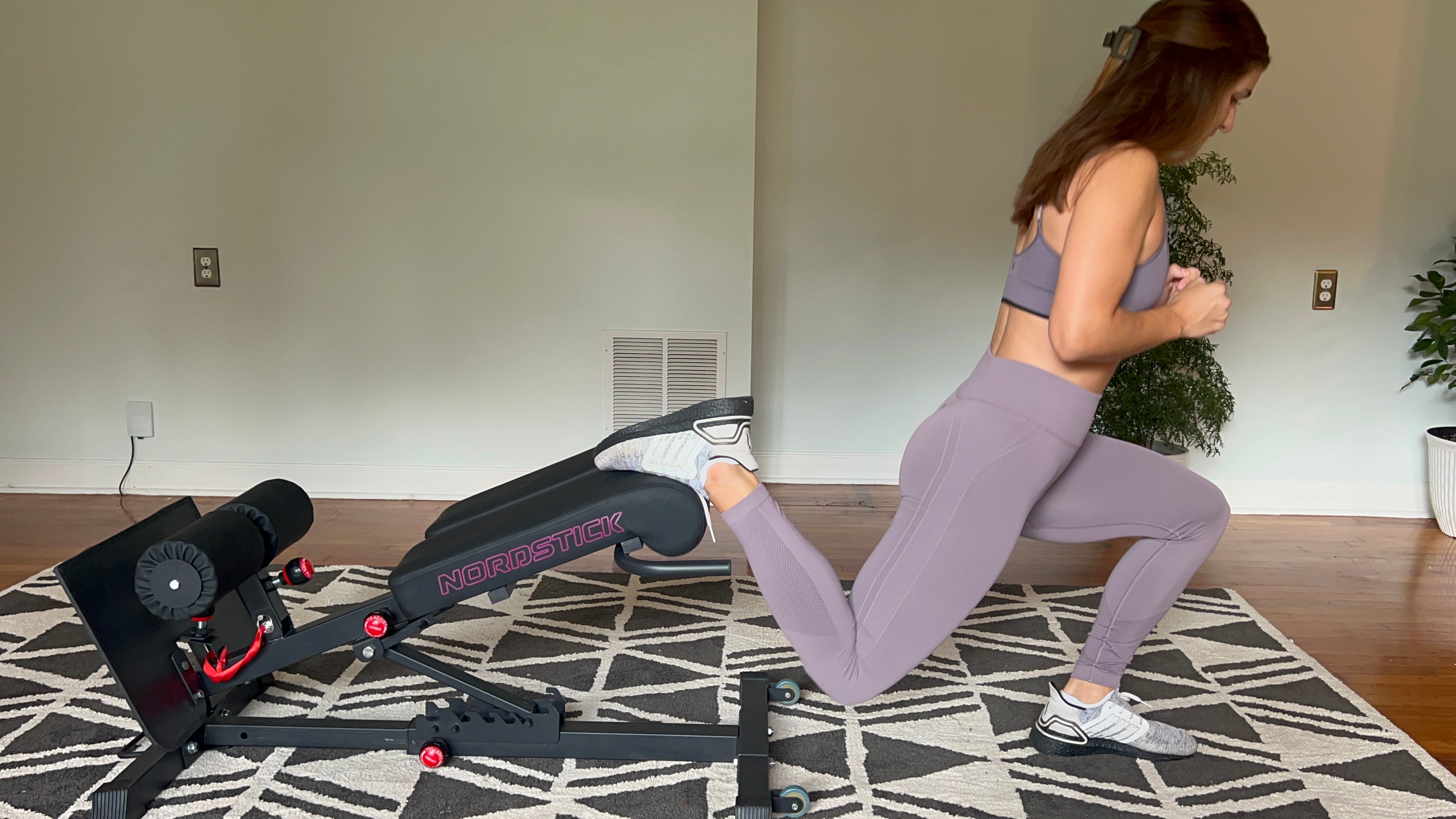
Split squats are another essential exercise. Use the NordBench to elevate one foot behind you, increasing the difficulty and focusing on unilateral leg strength. Finally, utilize the adjustable foot plate for slant board squats, improving your ankle mobility and quad activation.
By consistently incorporating these exercises, you can maximize the NordBench's benefits, enhancing your overall swimming performance and reducing the risk of injury.
Weight Training for Swimmers
Weight training is a crucial component of a swimmer's dryland training regimen, providing the strength and power necessary to excel in the pool.
By focusing on compound movements like deadlifts, squats, and bench presses, swimmers can develop key muscle groups, including the legs, chest, and shoulders. This comprehensive approach ensures balanced muscle development and enhances overall swimming performance.
Incorporating weights into your routine also helps improve core stability, which is essential for maintaining proper form and technique during swim sessions. Exercises like weighted planks or Russian twists can further enhance your core strength.
Moreover, weight training increases bone density and joint stability, reducing the risk of injury. This is particularly important for competitive swimmers who undergo intense training schedules.
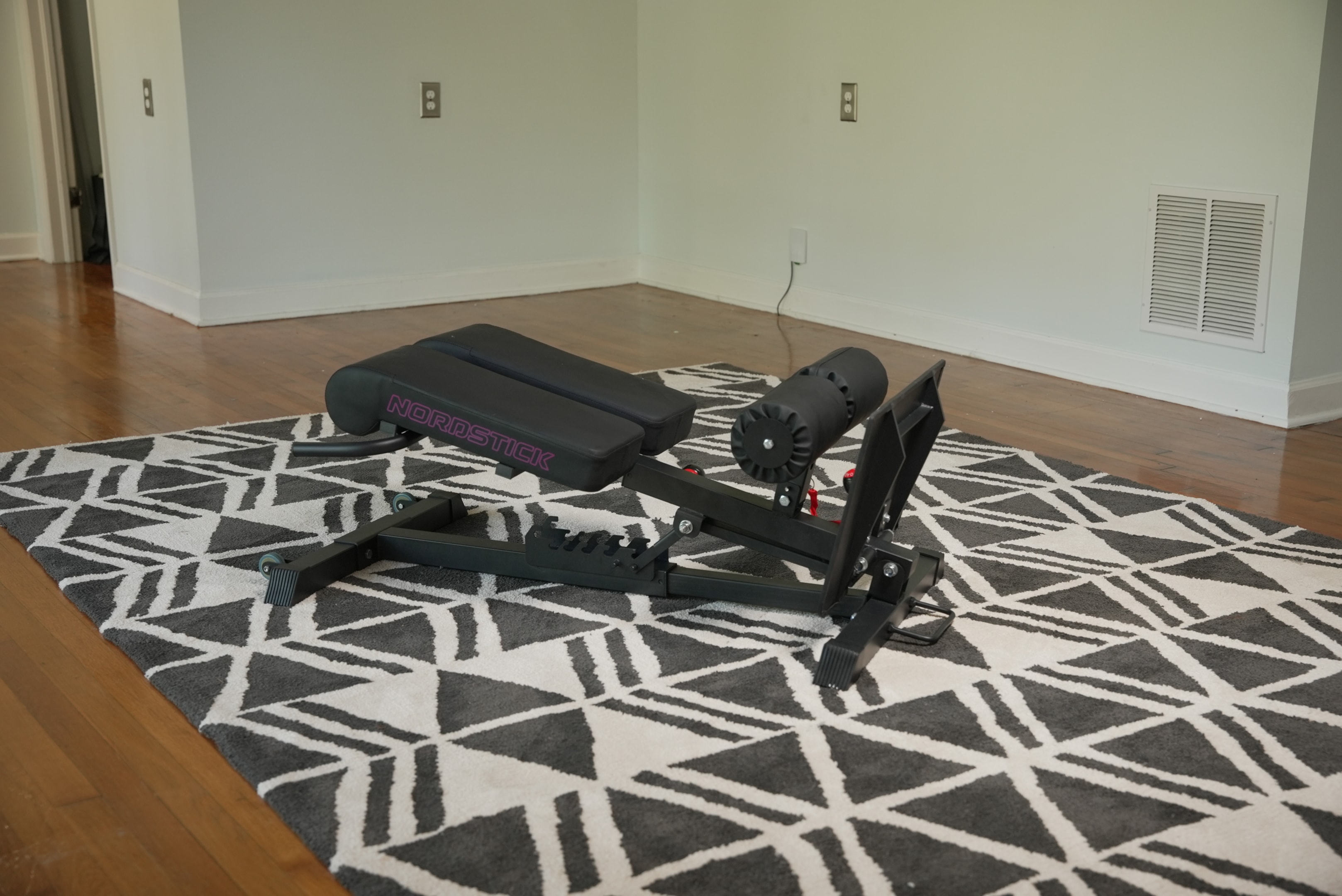
Using versatile equipment like the NordBench can simplify your weight training routine. It provides options for various exercises without taking up significant space, making it easier to maintain a consistent and effective training regimen at home.
Resistance Training Techniques
Resistance training is essential for swimmers aiming to enhance strength and endurance. Techniques such as resistance band exercises and cable machines can target specific muscle groups, improving overall swimming performance. Using resistance bands for exercises like banded pull-aparts or squats can effectively engage the shoulders, chest, and legs without the need for heavy weights.
Additionally, incorporating resistance training into your regimen helps improve muscle coordination and control. For example, performing resisted swim strokes with bands can mimic water resistance, making your in-pool movements more efficient.
The NordBench can also be utilized for resistance training by attaching bands or using its landmine attachment for a variety of movements. This versatility ensures you can perform exercises like landmine presses and rows, which are great for building upper body strength.
By consistently applying these resistance training techniques, you can develop greater muscle endurance, improve technique, and reduce the risk of injury, all contributing to better swimming performance.

Conclusion
Incorporating dryland training into your swimming regimen is crucial for developing the strength and power needed to excel in the pool. By focusing on key exercises and utilizing versatile equipment like the NordBench, you can target essential muscle groups, improve endurance, and significantly reduce the risk of injury. Strength training, weight training, and resistance techniques collectively contribute to enhanced swimming performance, better technique, and greater overall success.
Whether you're a competitive swimmer or someone who enjoys swimming as a workout, integrating these dryland exercises will help you achieve your goals. The NordBench's compact and versatile design makes it easy to perform a wide range of exercises at home, providing a strong foundation for your training. As you continue to build your swimmer strength, you'll notice improvements in speed, efficiency, and confidence in the water. Dive into dryland training and transform your swim sessions today!

FAQs
Do you have to be strong to be a swimmer?
Strength is an important component for swimmers, but it's not the only factor that contributes to successful swimming performance. While you don't have to be exceptionally strong to swim, building muscle strength can significantly improve your technique, speed, and endurance in the water. Strong muscles help maintain proper body alignment and reduce drag, enhancing overall efficiency.
Additionally, strength training helps with injury prevention by fortifying the muscles and joints that are under constant stress during swim sessions. Exercises that target the core, shoulders, and legs are particularly beneficial, as these areas are crucial for powerful strokes and kicks.
However, it's important to balance strength with flexibility and cardiovascular endurance. A well-rounded training regimen that includes dryland exercises, weight training, and resistance techniques will provide a comprehensive approach to improving your swimming abilities. So while you don't have to start off strong, developing swimmer strength over time will lead to better performance and reduced injury risk.

What is dryland training?
Dryland training refers to exercises and workouts performed on land that aim to improve a swimmer's strength, flexibility, endurance, and overall performance in the water. These exercises target key muscle groups used in swimming, such as the shoulders, core, and legs, and help build the power needed for effective strokes and kicks.
Dryland training can include a variety of activities such as weight training, resistance exercises, core workouts, and flexibility routines. For example, push-ups, squats, and plank variations are common dryland exercises that enhance muscle strength and stability. Resistance bands, medicine balls, and equipment like the NordBench can also be used to add variety and intensity to the workouts.
In addition to strength gains, dryland training helps with injury prevention by strengthening muscles and joints, reducing the risk of overuse injuries common in swimmers. This comprehensive approach ensures that swimmers are well-prepared and conditioned for their time in the pool.
Is swimming resistance training?
Yes, swimming can be considered a form of resistance training. When you swim, the water provides natural resistance against your movements, which requires your muscles to work harder. This resistance helps build strength and endurance, particularly in the arms, shoulders, back, and core.
The continuous effort to push and pull through the water engages multiple muscle groups simultaneously, making swimming an effective full-body workout. Different strokes, such as freestyle, backstroke, breaststroke, and butterfly, each target various muscles, ensuring a balanced development.
However, while swimming offers resistance, combining it with dryland resistance training can further enhance your strength and performance. Using tools like resistance bands or the NordBench for dryland exercises can complement your swimming workouts, allowing for more targeted muscle engagement and improved overall conditioning.
In summary, swimming is a natural form of resistance training, but incorporating additional resistance exercises on land can provide a more comprehensive approach to building swimmer strength and improving performance
Is swimming strength training?
Swimming itself is not traditionally considered strength training, but it does contribute significantly to building muscular strength and endurance. The resistance provided by water creates a natural form of resistance training, which helps develop the muscles used for swimming, such as the shoulders, arms, core, and legs. However, swimming primarily focuses on cardiovascular endurance and technique rather than pure muscle strength.
To complement the strength gains from swimming, incorporating dryland strength training exercises is highly beneficial. Activities like weightlifting, resistance band workouts, and bodyweight exercises can target specific muscle groups more effectively. Tools like the NordBench can enhance these exercises, providing a versatile platform for various strength training movements.
By combining swimming with dryland strength training, you can achieve a more balanced and comprehensive fitness regimen. This approach not only improves swimming performance but also reduces the risk of injury and enhances overall muscle development and functional strength.







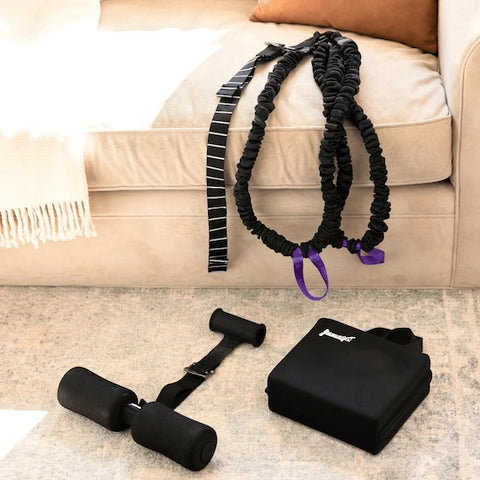











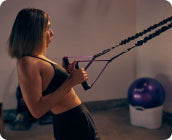

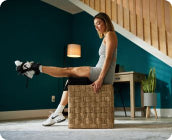

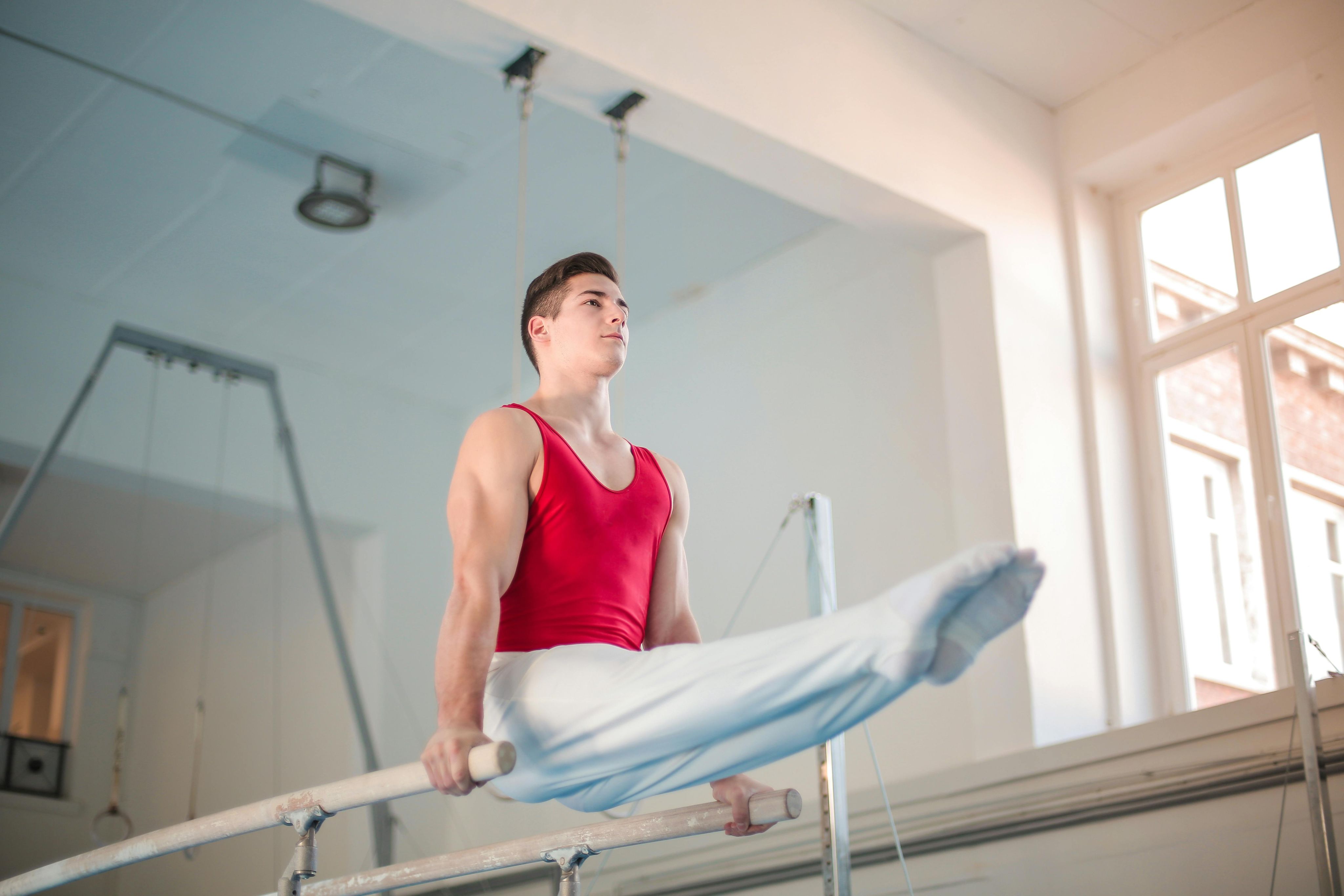

Leave a comment
This site is protected by hCaptcha and the hCaptcha Privacy Policy and Terms of Service apply.